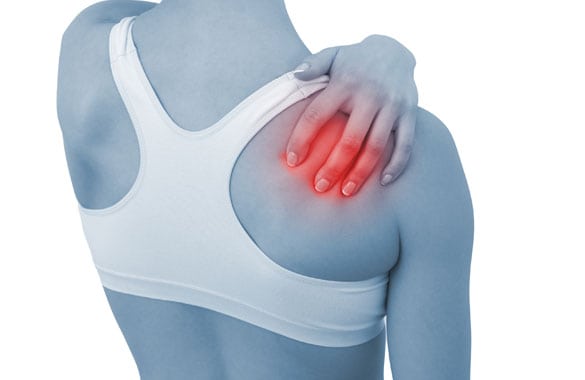
Learn more about the different Sports Injuries and how LA Pain Associates can manage your symptoms.
Whether it’s in the backyard or competitively on a team, most people engage in some type of sports-related activities. Professional and amateur athletes and weekend warriors of any age can be affected by sports injuries.
- Children and teens are most likely to sustain injuries
- Some injuries are mild and only require ice therapy and rest
- Other injuries are severe enough to necessitate surgery
CONTACT US TODAY
Strains and Sprains
A strain occurs when a muscle is stretched or pulled too far, as may happen when falling on a leg or arm in a way that pushes it beyond its normal range of motion. Sprains affect the ligaments that connect joints and link bones to other bones. Tissues can become strained or sprained because of the repetitive motions associated with sports such as tennis, football, golf, and baseball or from a sudden injury. Treatment often involves:
- Protection of the affected muscle or ligament from further injury
- Temporary rest to allow tissues to heal
- Applying heat or ice
- Compression to decrease swelling
- Non-steroidal anti-inflammatory drugs (NSAIDs)


Fractures
Repeated stress and hard falls and direct impacts can result in a fracture (break in a bone). Fractures can result in small cracks or complete breaks. Some injuries of this nature will heal with immobilization, traction, or casting while other fractures may require surgery to realign bones.
Dislocations
Contact sports like football often result in dislocations from severe impacts with either another player or a hard surface. With this type of sports-related injury, a bone in a joint is thrown out of alignment. Because of its ball-and-socket design, the shoulder joint is a common place where dislocations happen. Treatment may involve only placing the joint back into the correct position, or there may be connective tissue that will need to be repaired.
Knee Injuries
As the largest joint in the body, the knee is vulnerable to sports-related injuries due to its prominent location, as are its supporting tissues and structures. Some knee injuries like iliotibial band syndrome and runner’s knee are usually mild. Damage to cartilage or any of the four major ligaments, especially the ACL (anterior cruciate ligament), in the knee can be severe enough to require surgery to repair tears or reattach tissues.
Shin Splints
Pain felt in the shin bone (tibia) may be due to shin splints. Any resulting pain is usually felt in the front part of the lower leg. Ankle and medial shin splints can produce pain in the foot and ankle or around the calf muscles. Runners tend to suffer this type of injury more often. Patients with shin splints may benefit from:
- Orthotics or the use of comfortable, supportive shoes
- Range-of-motion exercises
- Over-the-counter pain-relievers
- Ice applications off and on through the day for several days
- Physical therapy that includes muscle stimulation and relaxation and leg-strengthening exercises
Doing proper warm-ups and cool-downs, wearing protective gear that’s the right size and fit, and avoiding the temptation to “play through the pain” are among the steps that can be taken to prevent many common sports-related injuries. Any discomfort that’s not going away should also be evaluated sooner rather than later to increase the odds of being able to safely get back into the game.

